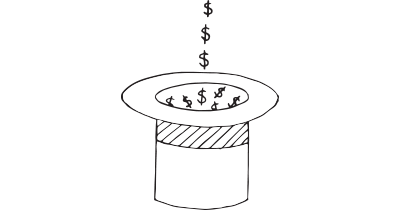


A collection of 60 product experiments that will validate your idea in a matter of days, not months. They are regularly used by product builders at companies like Google, Facebook, Dropbox, and Amazon.
Get your deck!
Split test versions of the same design to test which performs better
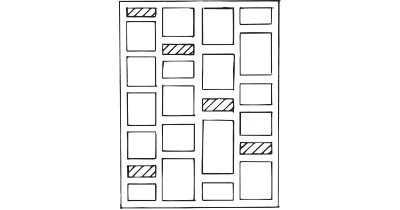
Explain and offer your future service through a classified ad

Allow users to place an order for an item which has not yet been released
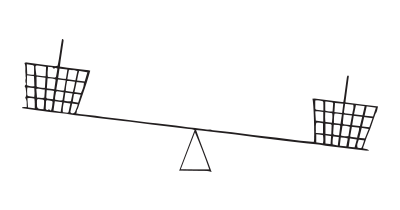
Statistically estimate consumers' psychological trade-offs through surveys

Make customers sign to use and pay for your future product

Fundraise for product development or production
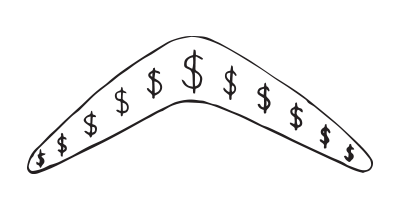
Simulate a 'pay now' experience

Make the user experience more difficult to use to gauge keen interest
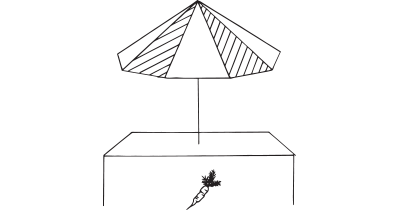
Probe demand with a temporary working solution

Sell a physical version before creating its digital equivalent
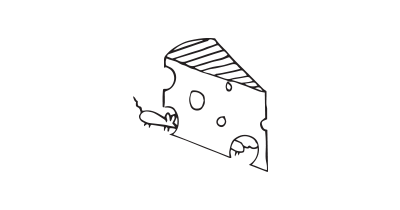
Run a test on a very small sample before launching world-wide

Present the sales pitch of your product to a potential customer

Sell your future feature before implementing it
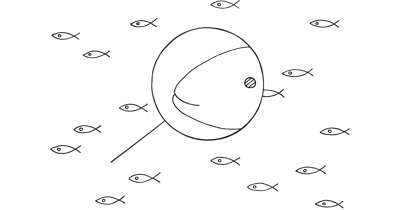
Identify market opportunities and threats

Recruit reference customers as discovery partners
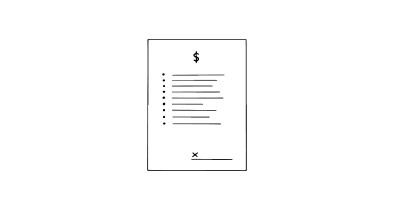
Ask prospects to sign a non-binding contract to pay

Evaluate customer willingness to refer friends
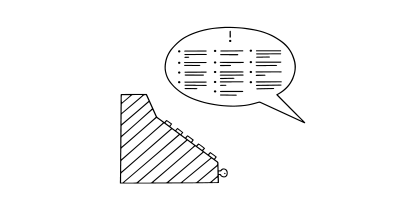
Gauge market demand through your sales team
Will people actually be willing to reach into their wallets and pay for your product?
If you ask your potential customers whether they would be interested in buying your product, you will most likely get positive responses. Now, if you ask the same people to show you the money and pay for it now, a fraction if any will do it. Do not trust people’s words; we want to get people to put money behind their words.
When testing a new product or service idea, one of the biggest challenges is confirming that potential customers are not just interested but are actually willing to pay for it. Verbal affirmations of interest often don’t translate into actual purchases. To ensure your product is truly viable, you must obtain concrete evidence of customer commitment, typically through financial investment.
Willingness to Pay is the maximum price a customer is prepared to pay for a product or service. It reflects the perceived value of the offering and varies widely across different customer segments.
Willingness to Pay is influenced by a combination of extrinsic factors, such as income level, location, and market conditions, and intrinsic factors, such as personal preferences and perceived product value. Additionally, competition, brand reputation, and economic trends play significant roles in shaping how much customers are willing to pay.
Product teams have been seen to measure Willingness to Pay in a variety of ways:
To say that you have identified your customer’s willingness to pay, you need strong evidence. You want your potential customers to put skin in the game. It’s not enough that they say they want to pay. That’s an opinion. Are they willing to reach into their wallets and give you the money? Your goal is to get users to actually commit to buying your product – or at the very least to get them to express a strong interest in it.
Measuring Willingness to Pay accurately is not just about setting the right price; it’s about understanding the value your product delivers to different customer segments. Once it is measured, it becomes a critical component of your pricing strategy. For instance, if a Willingness to Pay analysis reveals that a significant portion of your target market is willing to pay more for certain premium features, you might consider introducing a tiered pricing model. Conversely, if price sensitivity is high, offering discounts or bundling products could enhance value perception and increase sales.
Having proof of your customer’s Willingness to Pay ensures that your product is not only solving a real problem but is also priced in a way that customers are ready and willing to reach into their wallets to pay for it. This evidence is critical for long-term business sustainability, as it aligns your pricing strategy with market realities, ensuring profitability and customer satisfaction.
A collection of 60 product experiments that will validate your idea in a matter of days, not months. They are regularly used by product builders at companies like Google, Facebook, Dropbox, and Amazon.
Get your deck!